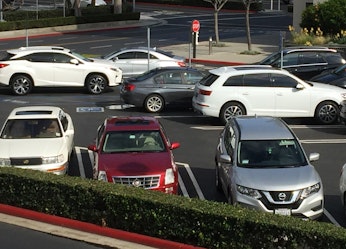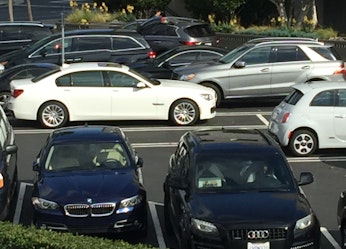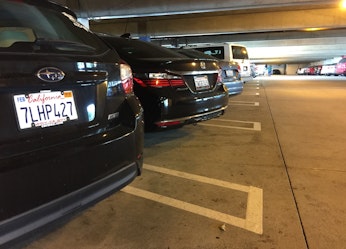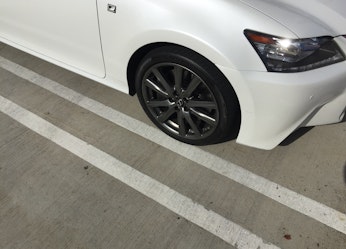

M|O Perspectives
Check back here for our thoughts on the latest developments in our industry.
Less is more in parking
Jan 18, 2018
One of the hottest issues facing cities is parking. It comes up as a space issue as well a component of the bigger transportation picture. Many project teams have realized that they’re building multifamily buildings of the future using parking models of the past.
While cars were seen as an absolute necessity for many baby boomers, younger demographic groups are viewing car ownership differently. Suburbanites and people in less transit-connected locations may still drive, but millennials and urban dwellers are no longer prioritizing owning cars and are driving less by choice.
Some view car ownership as a hassle or an avoidable expense. Others would trade a reliable high-speed data connection over a car. The shift to online shopping has also lessened the reliance on vehicles.
So how does this trend impact parking and properties?
Ask any building owner: From a material installation cost, structured parking is one of the most expensive aspects of a typical low- to mid-rise multifamily development. With sloped, post-tensioned concrete slabs forming many parking levels, modern garages are also hard to convert to other uses as resident needs change over time.
While cars will still be a part of our world, their quantity and ratio per resident are dropping and future developments will need to be more flexible. As an industry, we should embrace the change: Reductions in parking stalls will reduce the cost of construction and ultimately help increase the affordability of housing.
As a complement to parking reduction, urban planners and building architects also need to address the reality of the booming ride-share movement. At some urban locations or areas with a concentration of younger residents it is not uncommon to see near chaos as three or four ride share vehicles arrive and load or unload simultaneously and try to use a space which was not designed for high frequency drop off and pick up activity.
Especially in dense urban locations with a high walk-score, weather-sheltered, dedicated drop-off zones built with appropriate queuing room for stacked vehicles can drastically improve safety and comfort, as well as provide a tangible amenity to building users and residents.
As driving habits and technology change the way we live, developers, planners and architects must think smarter. The cities of the future are moving toward less or easily retrofitted parking structures and more ride-share infrastructure. With project costs continually rising, it is critical to build wisely. Part of the process of completing a pre-construction plan review is to evaluate the design for long-term functionality and the ability of the facility to evolve over time and accommodate new patterns of activity. Marx|Okubo provides reviews of this type to help our clients build for the present as well as for the future.




What we do.
- Owner's Representation
- Property Condition Assessment
- Project Management
- Constructability Reviews
- Repair | Reconstruction
- Facility Condition Assessment
- Construction Loan Monitoring
- Accessibility
- Building Enclosure
- Fire | Life Safety
- Mechanical | Electrical | Plumbing
- ESG | Sustainability & Resiliency
- Structural Engineering
- ASAP® - Automated Structure Alert Program
Marx|Okubo is a national architecture/engineering/construction consulting firm that works with real estate owners, investors and lenders—at every point of the property lifecycle—to evaluate their building projects, solve complex challenges and implement tailored solutions. We help clients understand their projects’ complexities, so they can make more informed decisions and, ultimately, mitigate their risk.




